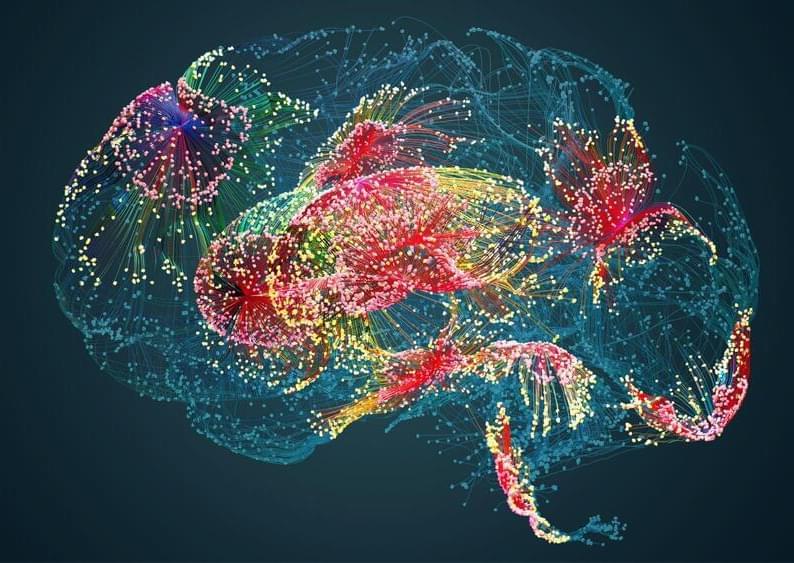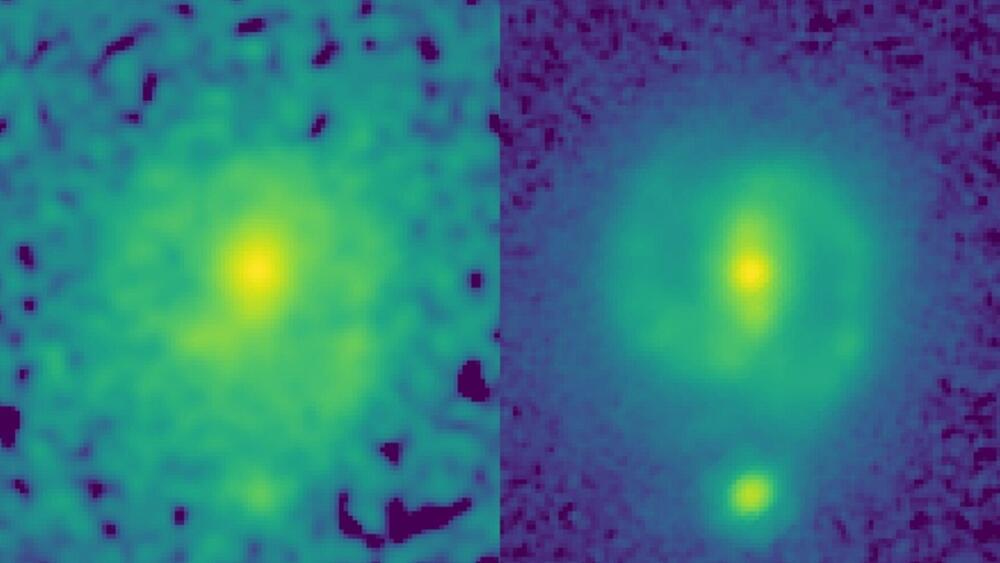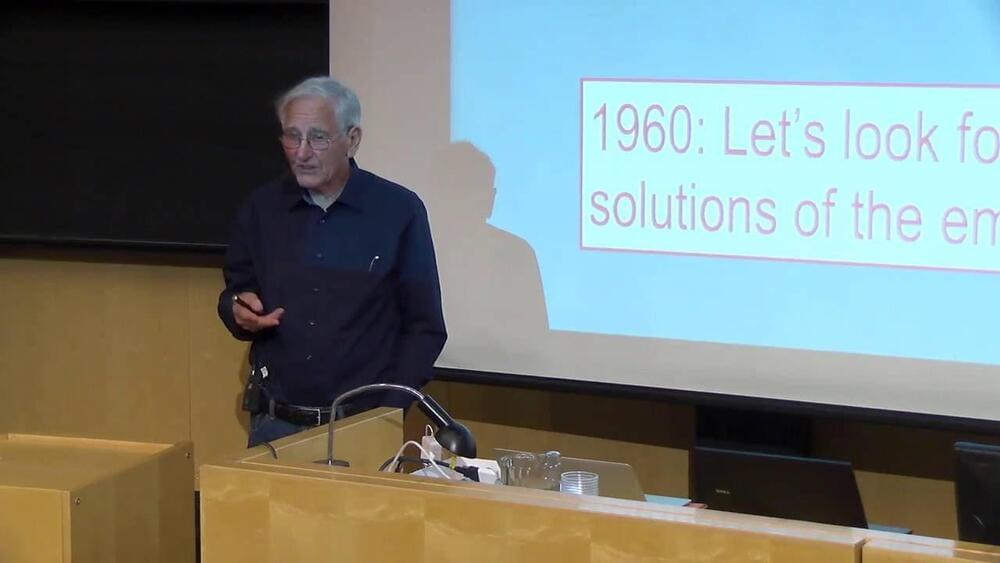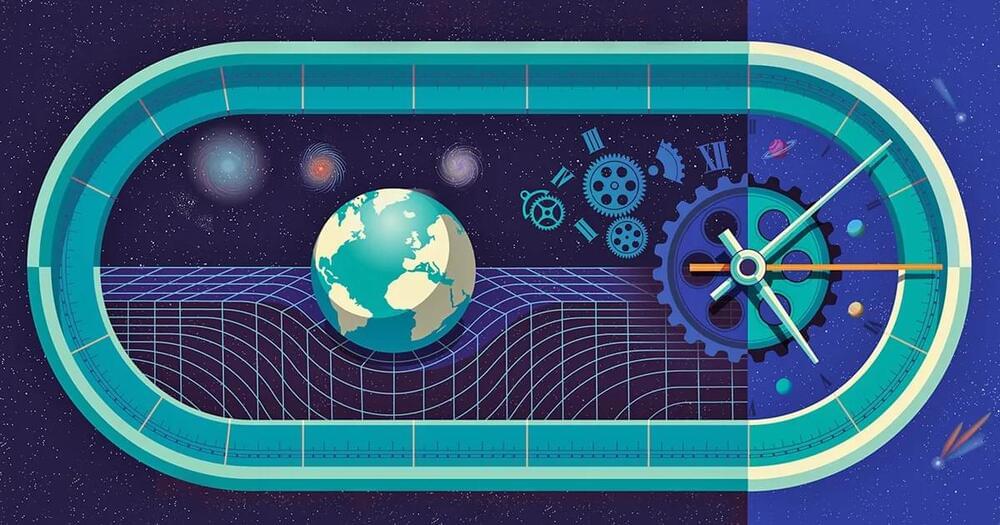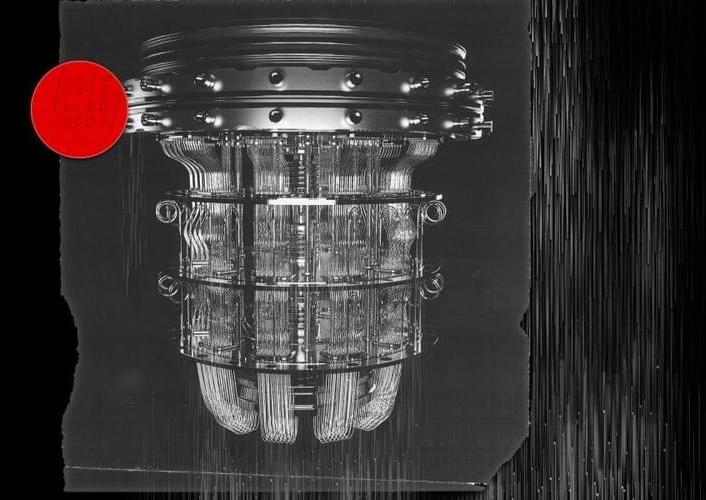Not as a charger but as an antenna.
A team of researchers at the University of Massachusetts Amherst has found that the human body could be a useful tool to harvest waste energy and use it to power devices in the future, including those used for 6G, the next generation of wireless communication, a university press release said.
The world has just begun to experience the wonders of 5G wireless communication that has been rolled out in many countries across the world. The next generation, though, referred to as 6G, promises up to 1,000 times faster, even faster data rate and a tenth of the latency seen with 5G.
Tippapatt/iStock.
The era of the Internet of Things (IoT) that is expected to begin with 5G will enter a new phase with its successor, with an even larger number of devices and sensors expected to come online. The higher communication speeds in 6G are being estimated due to the development of Visible Light Communication (VLC), a type of wireless fiber-optic network.



